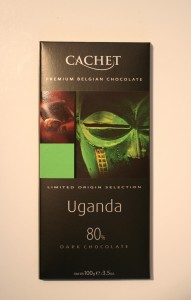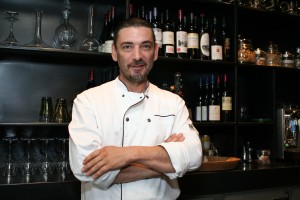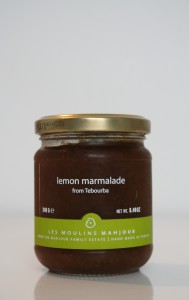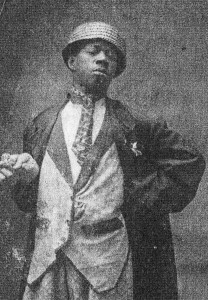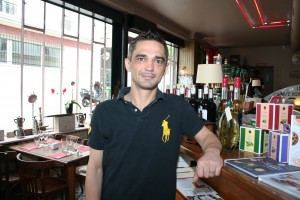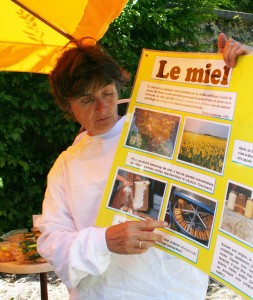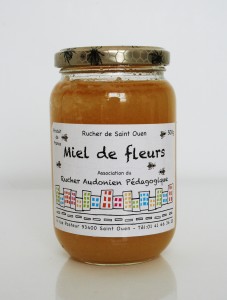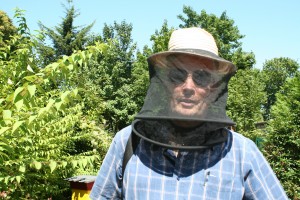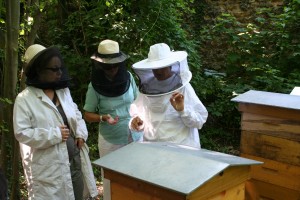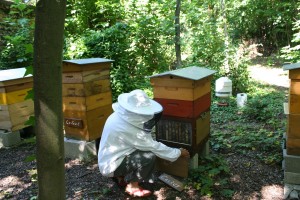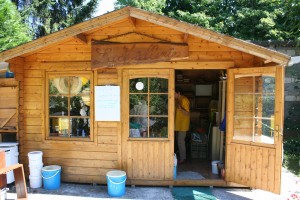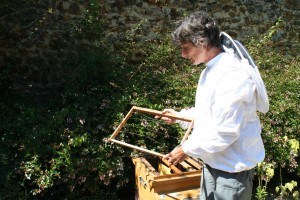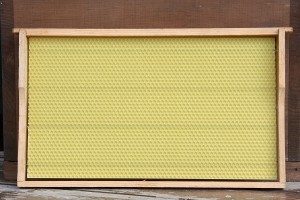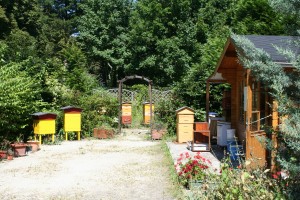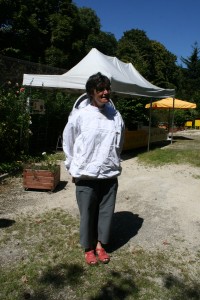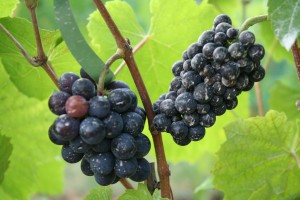
Grapes in the Clos Montmartre
Photograph by www.DiscoverParis.net
Paris has a number of vineyards, the most famous of which is the Clos Montmartre on the northern slope of Butte Montmartre. Last week I had the occasion to accompany a group of Danish gardeners there for a visit that I had organized for them. They were members of the United Federation of Danish Workers – Green Section, and they had come to France to tour a number of gardens. The visit was conducted by Eva Müller.
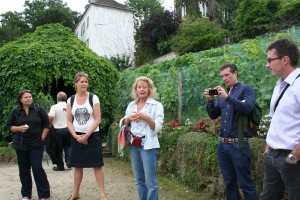
Eva Müller Giving Presentation
Photograph by www.DiscoverParis.net
After we entered the locked gates of the vineyard, Eva gave an historical overview of Montmartre and its vineyard. She evoked the early Romans who built a temple to Mars or Mercury at the top of the hill; the story of Denis, the first bishop of Paris, who was martyred on the hill; the limestone that was quarried here for use as building material; the founding of the Abbey of Montmartre and its cultivation of white wine on the slopes; the development of Montmartre into a rural village; its eventual incorporation into the city of Paris; and finally, the more recent story of Francisque Poulbot, a popular artist, and his friends who crusaded to save a plot of land from developers during a time when urbanization was rapidly destroying Montmartre’s rural charm. That plot of land eventually became the Clos Montmartre, in memory of the vineyards that once covered the slopes.
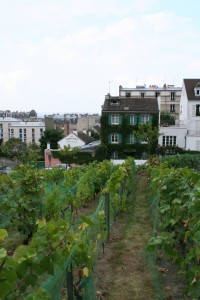
Clos Montmartre
with view of the famous cabaret
Lapin Agile
Photograph by www.DiscoverParis.net
The clos, or vineyard, was founded in 1933. Its first harvest did not take place until 1937, and since then each harvest has been the occasion for a grand festival. This year’s festival will take place from October 10 – 14. It promises to be a really big celebration, complete with fireworks!
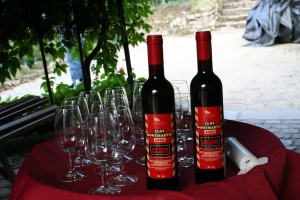
Clos Montmartre 2008
Cuvée Les Trois Baudets
Photograph by www.DiscoverParis.net
The vineyard sits on the north slope of Montmartre at the corner of rue des Saules and rue Saint-Vincent. It has a surface area of 1,556 m2 on which are planted 1,772 vines. Seventy-five percent (75%) of these are Gamay, 20% are Pinot Noir, and the rest are Seibel, Merlot, Sauvignon blanc, Gewurztraminer, and Riesling. Last year’s production was roughly 1,000 50cl bottles.
City gardeners harvest the grape. The processing, bottling, and storage of the wine take place in the cellar of the town hall of the 18th arrondissement under the direction of Francis Gourdin, the city oenologist.
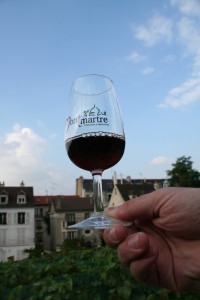
A Glass of Clos Montmartre 2008
Photograph by www.DiscoverParis.net
Following Eva’s presentation, we proceeded to taste the 2008 harvest, which Eva declared was the best year yet. It is a light-bodied wine, pale ruby in color, slightly tannic, but…not at all complex as one would hope for in any wine. The French would call this a vin de soif.
Indeed, the wine of Clos Montmartre has never had a reputation for quality. It does, nonetheless, sell for around 50€ a bottle, with proceeds going to local charity.
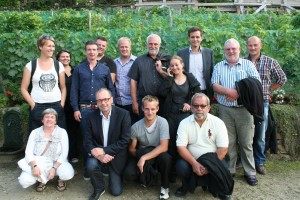
United Federation of Danish Workers – Green Sector
Photograph by www.DiscoverParis.net
The tasting ended with the gardeners posing for a group shot. A good time was had by all!
Send me an e-mail if your group would like to organize a visit to the Clos Montmartre followed by a wine tasting,
* * * * * * *
Like our blog? Join us on Facebook!

